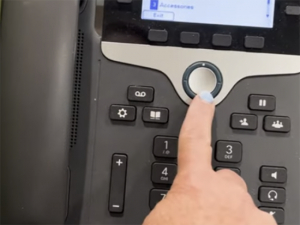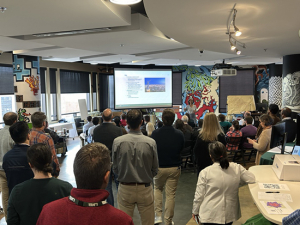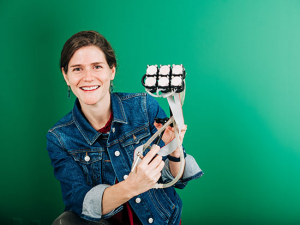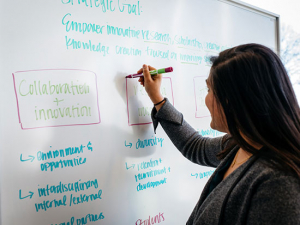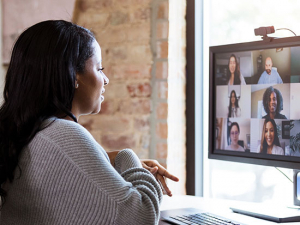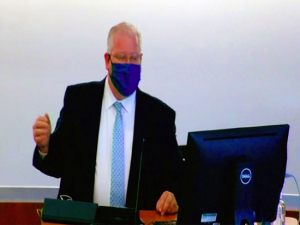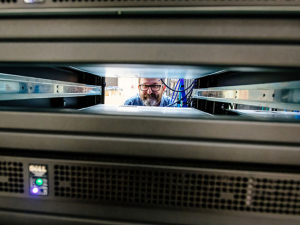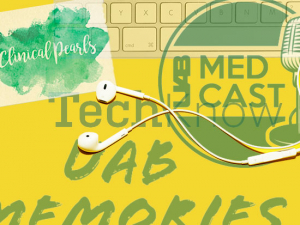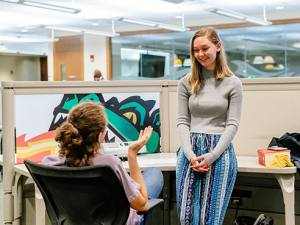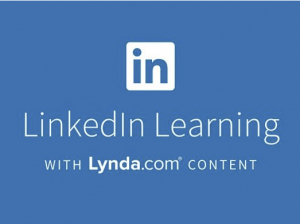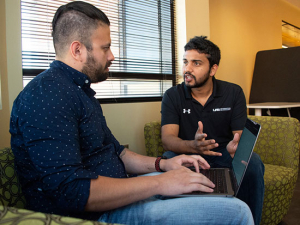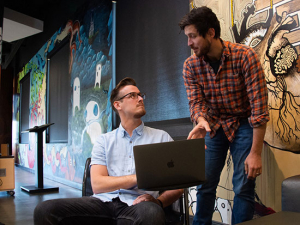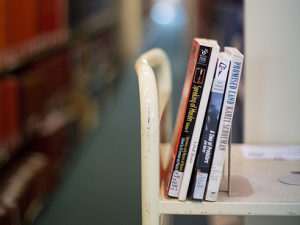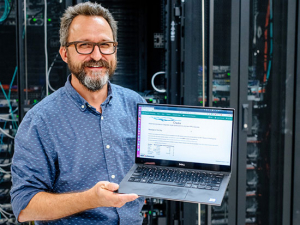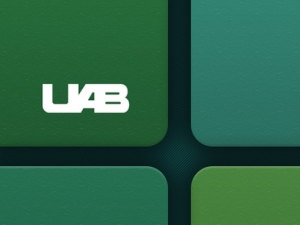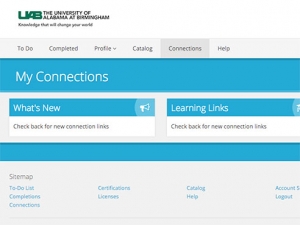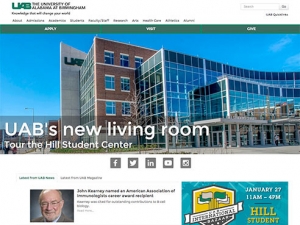 With the transition to remote instruction, it’s easy to imagine a sad portrait of UAB’s libraries — silent group-study rooms in Lister Hill, the Starbucks at Sterne sitting empty. But while physical library locations are closed for now, UAB Libraries is busier than ever — it’s just all happening in a flurry of ones and zeroes.
With the transition to remote instruction, it’s easy to imagine a sad portrait of UAB’s libraries — silent group-study rooms in Lister Hill, the Starbucks at Sterne sitting empty. But while physical library locations are closed for now, UAB Libraries is busier than ever — it’s just all happening in a flurry of ones and zeroes.
During the past two months, more than 200 of UAB Libraries’ unique library research guides have been accessed 51,600 times — including a guide to remote teaching and learning, which includes a list of video resources, temporary free databases and a guide on special access to health care resources specific to COVID-19. The libraries also have filled 1,300-plus borrowing and 2,300-plus lending interlibrary loan requests and nearly 700 document-delivery requests through RapidILL.
UAB Libraries has answered more than 1,400 reference and research questions, with more than 1,100 of those handled via their Chat with a Librarian feature, which now is monitored live 55 hours per week — 8 a.m.-6 p.m. weekdays and 1-6 p.m. Sunday. Much of the library’s ability to continue services uninterrupted is due to UAB’s investment of more than $2 million to transform the library system during the past several years, said Kasia Gonnerman, dean of UAB Libraries, who started at UAB April 1.
“The libraries have continued to provide course-related research instruction, both synchronously and asynchronously, and I think it’s impressive that our instruction numbers have actually increased dramatically compared to around this time last year,” she continued.
“The libraries have continued to provide course-related research instruction, both synchronously and asynchronously.” |
The libraries also expanded its services to include curbside pickup10 a.m.-1 p.m. Tuesday and Thursday; patrons can submit a request form for circulating physical items. And for patrons who are unable to return library items borrowed before the beginning of limited business operations, UAB Libraries is suspending fines until they reopen.
UAB Libraries is planning to resume its popular document-delivery services to include requests for digitized print materials from Lister Hill, Sterne and the remote-storage facility at the 801 Building.
“I’m very proud of the library staff who have taken initiative and thoughtfully prepared to resume this much-needed service,” Gonnerman said.
Instruction help
In addition to the remote-teaching and -learning and COVID-related research guides librarians have created, they also can assist faculty and staff with online instruction. They can create tutorials, be embedded within a course on Canvas or even teach in real-time via Zoom, says Delores Carlito, information literacy coordinator and library liaison for English and Foreign Languages and Literatures. They also can help identify and develop affordable instructional materials. Faculty can contact their library liaisons to schedule a consultation.
“I am proud of the libraries’ response to this pandemic. On the day the limited business model was announced, the libraries quickly shifted to an all online service model... with little or no disruption to our users.” |
“UAB librarians have been working tirelessly to embed and expand online modules and tutorials in courses and in the campus Learning Management System,” Gonnerman said.
For those accustomed to face-to-face interactions with librarians, that option is still available — just virtually. Librarians are holding office hours for virtual one-on-one appointments to assist with research, citing or using tools such as EndNote.
In a December 2019 article about recent investments, Jeff Graveline, J.D., associate dean for Research and Instruction for UAB Libraries, stated that “Libraries are more relevant now than ever.” While they are evolving with technology, he said, “they’re still the heart of the university.”
In hindsight, Graveline’s statement appears a bit prescient.
“I am proud of the libraries’ response to this pandemic,” Graveline said. “On the day the limited business model was announced, the libraries quickly shifted to an all online service model. This rapid transition allowed us to continue providing research and teaching support to the university community with little or no disruption to our users.”
